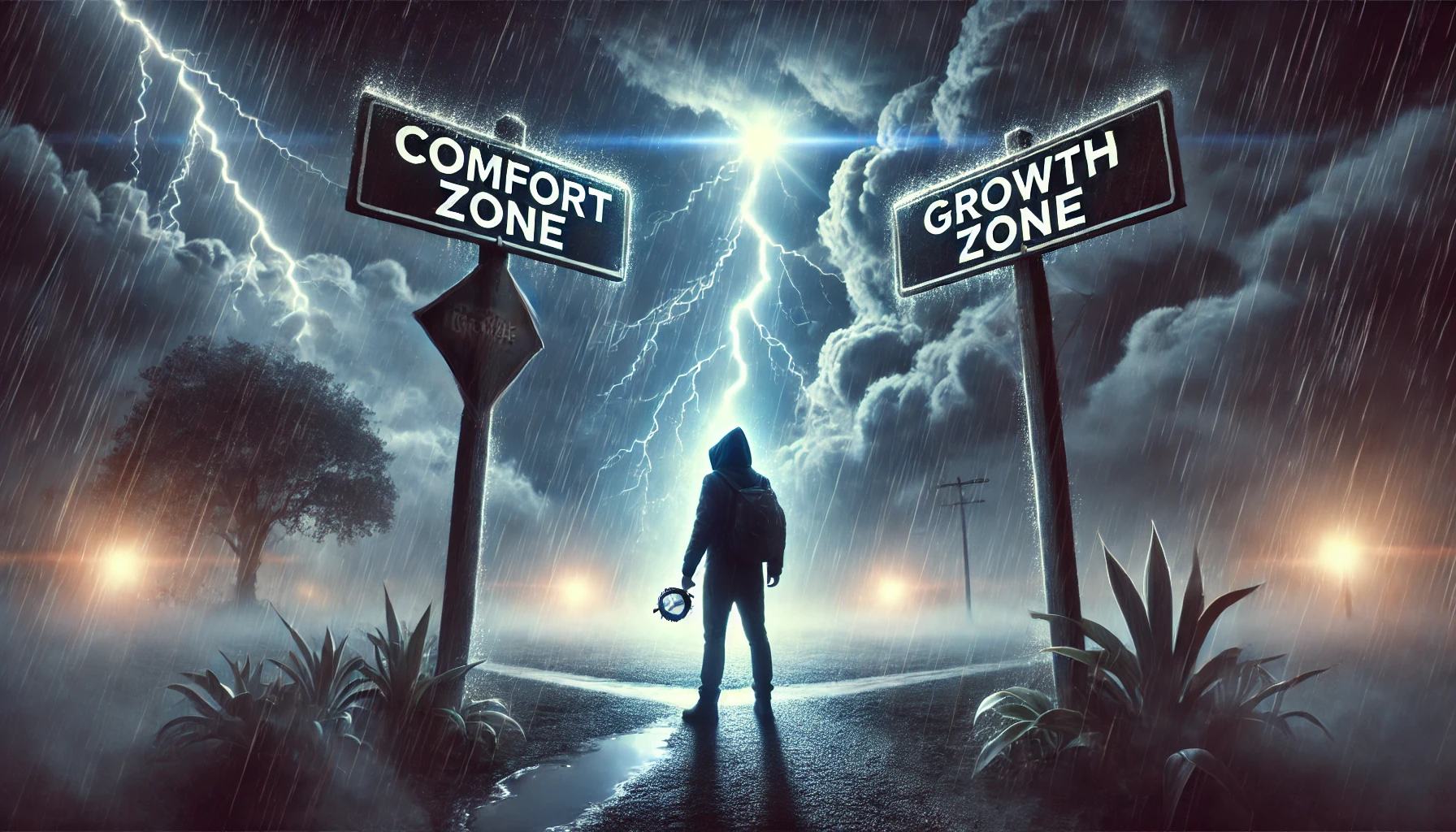Conflict: The Secret Ingredient to a Life Worth Telling
Seneca put it best when he said, “Life without design is erratic.” A life devoid of tension, intention, or challenge doesn’t just lack excitement—it lacks direction. But here’s the twist: conflict isn’t something to avoid. It’s something to lean into, shape, and harness. And in doing so, you don’t just tell a good story—you become one.
Crisis: The Personality Amplifier
Ever notice how some people rise to greatness in times of crisis while others crumble like a day-old croissant? That’s because crisis doesn’t build character—it reveals it. When the stakes are high and the chaos is unrelenting, who you really are comes spilling out.
Think about it. You’re calm? Crisis turns that calm into calculated brilliance. You’re impulsive? Crisis will expose every unchecked whim like neon signs on the Vegas strip. As Marcus Aurelius might say (if he were alive and scrolling Instagram): Crisis is a mirror—look closely, but don’t flinch.
The Chaos You Avoid? Nobody Notices
Here’s a bitter pill: you never get credit for the chaos you avoid. The screaming matches that didn’t happen, the meltdowns you de-escalated, the fires you put out before anyone saw the smoke? All invisible.
But that doesn’t mean they’re meaningless. The chaos you avoid isn’t about applause—it’s about alignment. It’s about living a life where conflict doesn’t derail you but instead becomes part of a design, a purpose. You won’t get thanked for dodging catastrophe, but you’ll thank yourself when your story isn’t riddled with regret.
Designing a Life of Meaningful Conflict
So, how do you transform conflict from chaos into clarity? It starts with intentionality. Seneca’s warning against erratic living underscores the need for structure. You need a design for your life—a framework that ensures your conflicts are worth the effort.
Start here:
- Choose Your Battles: Not every conflict deserves your energy. Focus on what aligns with your values and vision.
- Find the Lesson: Every struggle is a classroom. Ask yourself: What is this teaching me?
- Write Your Story: Don’t just react to life; narrate it. Own the arc of your journey, conflict and all.
In the end, conflict isn’t a detour—it’s the main road. And every great story, including yours, needs a little friction to keep the wheels turning.




